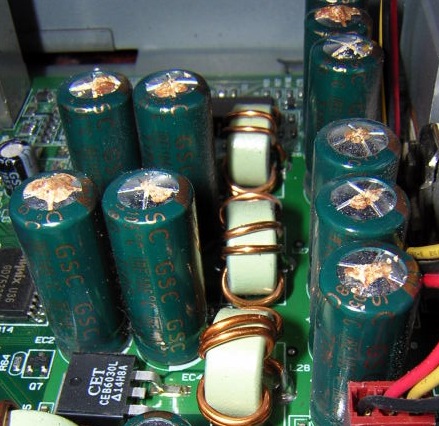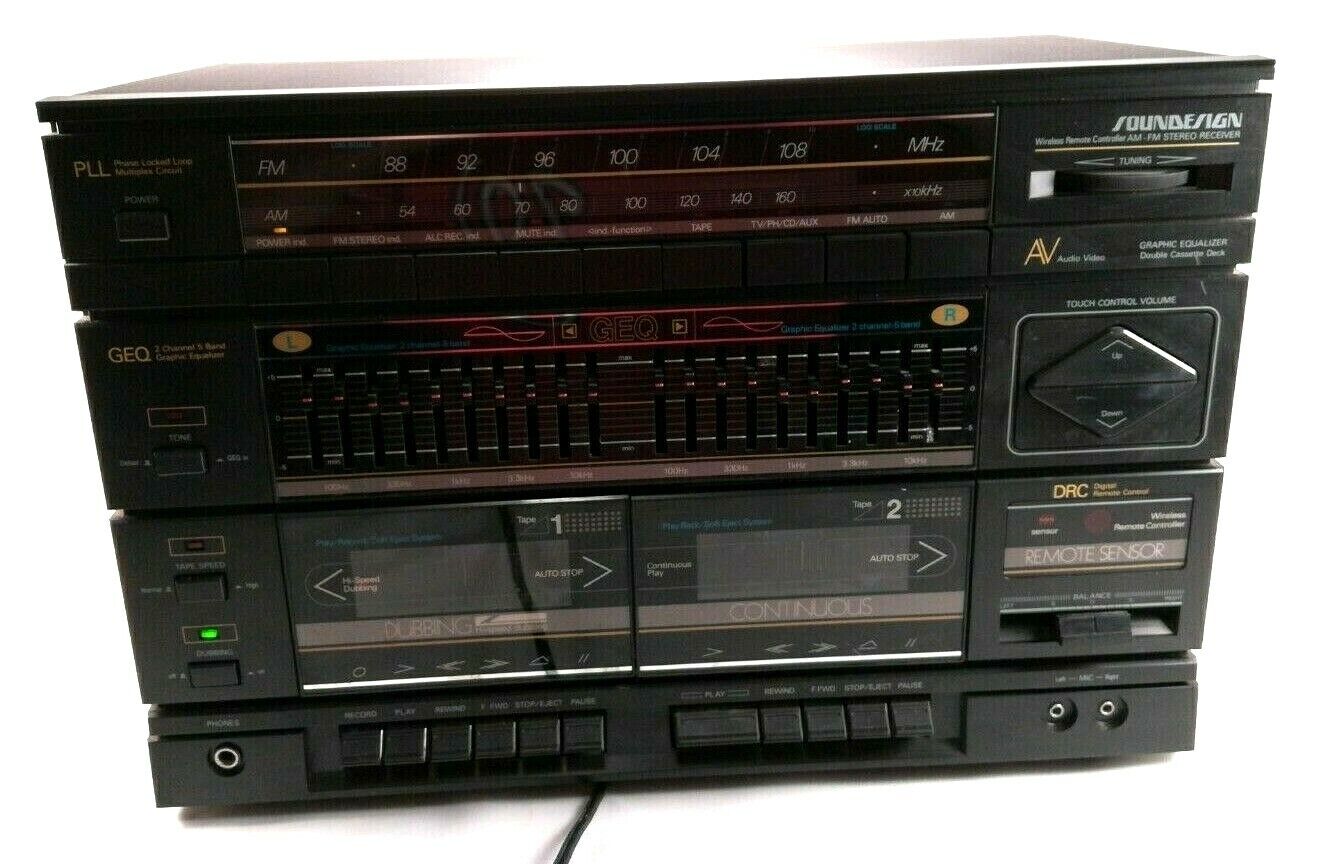Mike Up
Supporting Actor
- Joined
- Dec 16, 2002
- Messages
- 657
I've had my Infinity RS1 (previous model year RS 2000.1) bookshelf speakers a long time. They sound smooth, detailed, dynamic, revealing, but also sound reverberant, and very attentuated in the vocal chestiness range while upper end vocals dominate. This making for a very un-natural sounding speaker. Never noticed this before until I recently got the Polk Blackstone TL1600 speakers system. I couldn't believe how much better these Polks sounded than the bigger Infinity speakers, much more lifelike and realistic. I then replaced my Infinity Reference speakers, the RS1s and CC-2, with Polk TSI100s and CS10 and the sound is SO MUCH BETTER. My wife who hated the Infinity Reference RS1 and CC-2 speakers, would rather listen to the TV speakers because they were easier to understand voices. Now that I have the Polk TSI100s and CS10s, she really likes to listen to them as they make voices so much easier to hear.
The Polk Blackstone TL1600 and Polk TSI speakers share a very similar voice and sound very much a like where the bigger speaker are more open and spacious.
My question is that I've read that dried up capacitors in the crossover network make the speakers more chesty, more muddy and with less treble. My Infinity speakers seem to sound the opposite. Is it possible the capacitors could be bad, or has my speaker voicing likes just changed over the years.
My Infinity RS1 and CC-2 speakers were purchased around 1997.
Thanks.
The Polk Blackstone TL1600 and Polk TSI speakers share a very similar voice and sound very much a like where the bigger speaker are more open and spacious.
My question is that I've read that dried up capacitors in the crossover network make the speakers more chesty, more muddy and with less treble. My Infinity speakers seem to sound the opposite. Is it possible the capacitors could be bad, or has my speaker voicing likes just changed over the years.
My Infinity RS1 and CC-2 speakers were purchased around 1997.
Thanks.








